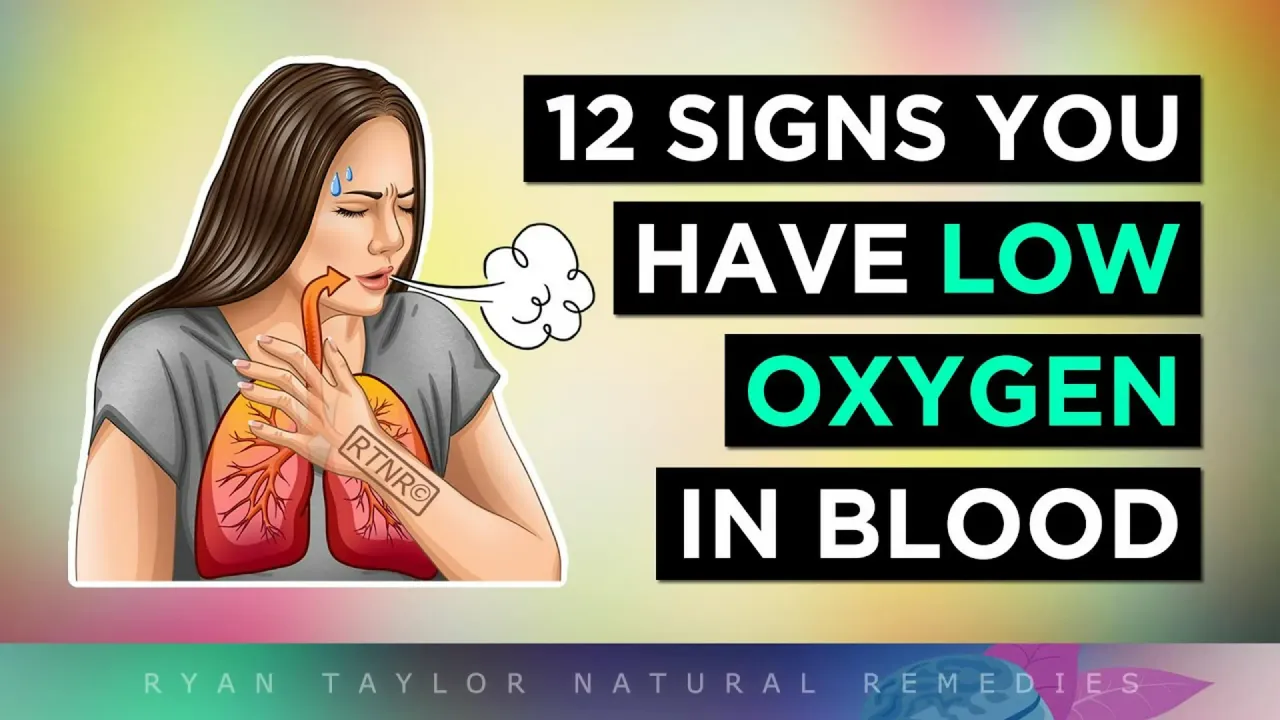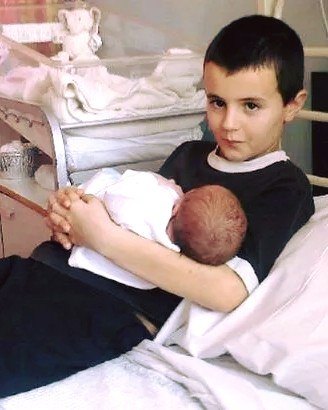Low blood oxygen levels, also known as hypoxemia, can have a significant impact on your overall health. While some symptoms are obvious, others might be subtle or even surprising. Recognizing these signs early is crucial to addressing potential underlying health issues. Below, we’ll explore 12 unexpected symptoms of low oxygen levels in the blood and why they matter.

What Is Hypoxemia?
Hypoxemia occurs when the oxygen level in your blood drops below normal. Oxygen is essential for every cell in your body to function properly. When levels are too low, it can lead to fatigue, organ dysfunction, and other serious complications. Normal blood oxygen saturation typically ranges between 95% and 100%. Anything below 90% is considered low and may require medical attention.
1. Shortness of Breath
One of the most common signs of low oxygen levels is difficulty breathing or shortness of breath (dyspnea). This symptom often occurs during physical activity but can also happen while resting if oxygen levels are critically low.
2. Fatigue and Weakness
Feeling unusually tired or weak without a clear reason could indicate that your body isn’t receiving enough oxygen to fuel its activities. Chronic fatigue may develop if hypoxemia persists over time.
3. Rapid Heart Rate
When oxygen levels drop, your heart compensates by beating faster to circulate more oxygen-rich blood throughout your body. A consistently elevated heart rate (tachycardia) could be a warning sign.

4. Cyanosis (Bluish Skin or Lips)
A bluish tint to your skin, lips, or fingernails is a classic indicator of severe hypoxemia. This happens because there isn’t enough oxygen in the blood to maintain its usual red color.
5. Confusion or Difficulty Concentrating
Your brain relies heavily on oxygen to function properly. Low levels can cause mental fog, confusion, memory problems, or difficulty focusing on tasks.
6. Headaches
Frequent headaches—especially upon waking up—can be linked to low blood oxygen levels during sleep due to conditions like sleep apnea or chronic obstructive pulmonary disease (COPD).
7. Dizziness or Lightheadedness
Inadequate oxygen supply can disrupt balance and coordination, leading to dizziness or lightheadedness. This symptom may worsen with physical exertion.

8. Chest Pain
Chest pain or discomfort might occur as your heart works harder to pump blood when oxygen levels are insufficient. Persistent chest pain should always be evaluated by a healthcare provider.
9. Restlessness During Sleep
Tossing and turning at night could indicate that your body is struggling with low oxygen while you sleep—a common issue for people with undiagnosed sleep apnea.
10. High Blood Pressure
Low blood oxygen can trigger an increase in blood pressure as the body attempts to compensate for reduced oxygen delivery by constricting blood vessels.
11. Tingling Sensations in Extremities
A lack of adequate oxygen flow can cause numbness or tingling sensations in your hands and feet due to poor circulation.
12. Increased Sweating Without Physical Activity
Excessive sweating without exertion might seem unrelated but could actually signal that your body is under stress from insufficient oxygen supply.

What Causes Low Blood Oxygen Levels?
Several factors can contribute to hypoxemia:
- Respiratory conditions like asthma, COPD, pneumonia, or pulmonary fibrosis.
- Sleep disorders such as obstructive sleep apnea.
- High altitudes where there’s less available atmospheric oxygen.
- Heart conditions that impair circulation.
- Anemia caused by a lack of hemoglobin needed for transporting oxygen.
If you suspect you’re experiencing any symptoms of hypoxemia, it’s essential to consult a healthcare professional for proper diagnosis and treatment.
How Is Hypoxemia Diagnosed?
Doctors typically use pulse oximetry—a non-invasive device clipped onto your finger—to measure blood oxygen saturation levels quickly and painlessly. In some cases, arterial blood gas (ABG) tests may be performed for more detailed analysis.
When Should You Seek Medical Attention?
While mild symptoms might not seem alarming at first glance, persistent signs like shortness of breath, cyanosis, confusion, or chest pain warrant immediate medical evaluation. Early intervention can prevent complications such as organ damage caused by prolonged hypoxia.
How Can You Improve Blood Oxygen Levels?
If diagnosed with low blood oxygen levels, treatment options will depend on the underlying cause:
- Use supplemental oxygen therapy if prescribed by a doctor.
- Practice deep breathing exercises to improve lung function.
- Quit smoking and avoid exposure to pollutants that harm respiratory health.
- Stay active with regular exercise tailored to your fitness level.
- Treat any underlying medical conditions contributing to hypoxemia effectively.
Maintaining healthy lifestyle habits like eating a balanced diet rich in iron (to support hemoglobin production) and staying hydrated can also help optimize overall respiratory health.
By recognizing these surprising symptoms early on and seeking appropriate care when necessary, you can protect yourself from the potentially serious consequences of low blood oxygen levels.
Top 3 Authoritative Sources Used:
- American Lung Association
The American Lung Association provides comprehensive resources on respiratory health issues such as COPD and asthma while offering guidance on managing symptoms related to low blood oxygen levels effectively. - Mayo Clinic
Mayo Clinic offers trusted medical information about various conditions including hypoxemia along with diagnostic methods like pulse oximetry and ABG testing explained clearly for patients. - World Health Organization (WHO)
WHO delivers global insights into respiratory diseases’ prevalence worldwide alongside preventive measures aimed at improving lung health across diverse populations globally




